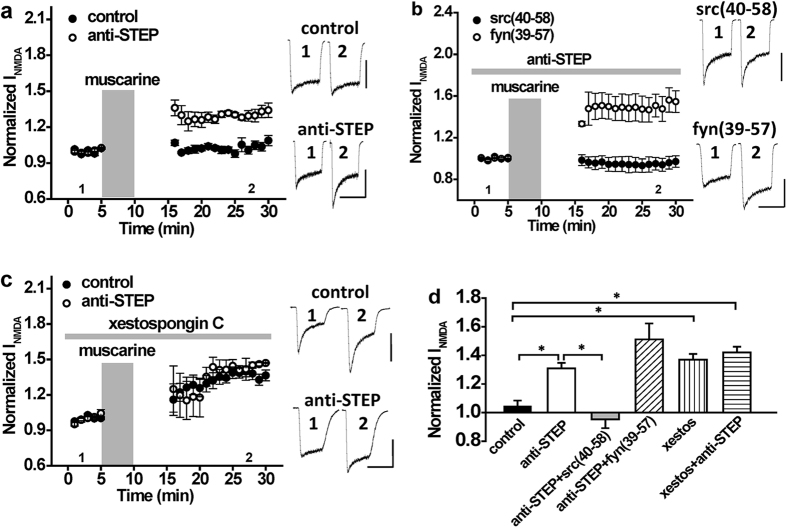Figure 5. The potentiation of NMDA currents by mAchR stimulation requires NMDAR co-stimulation.
(a) With 11 mM intracellular EGTA, muscarine application (10 μM; timing indicated by the shaded region) without NMDAR co-stimulation fails to potentiate NMDAR currents (n = 5, 1.02 ± 0.02). Muscarine without NMDAR co-stimulation can potentiate NMDAR currents in the presence of anti-STEP (n = 7, 1.30 ± 0.02, P < 0.05 compared with muscarine). (b) With 11 mM intracellular EGTA, muscarine without NMDAR co-stimulation can potentiate NMDAR currents in the presence of anti-STEP and Fyn(39–57) (n = 6, 1.51 ± 0.11, P < 0.05 compared with baseline), but not in the presence of anti-STEP and Src(40–58) (n = 6, 0.95 ± 0.06, P > 0.05 compared with baseline). (c) With 11 mM intracellular EGTA and in the absence of NMDAR co-stimulation, muscarine can potentiate NMDAR currents in the presence of xestospongin C (10 μM; n = 5, 1.37 ± 0.05). In the presence of xestospongin C, no further increase of NMDAR current amplitude is observed with anti-STEP (n = 5, 1.41 ± 0.06, P > 0.05 compared with anti-STEP). (d) Summary bar graph of data in (a–c). *Indicates P < 0.05. Calibration bars: 3s; (a) control 400 pA, anti-STEP 400 pA (b) Src(40–58) 500 pA, Fyn(39–57) 500 pA (c) control 600 pA, anti-STEP 500 pA.

